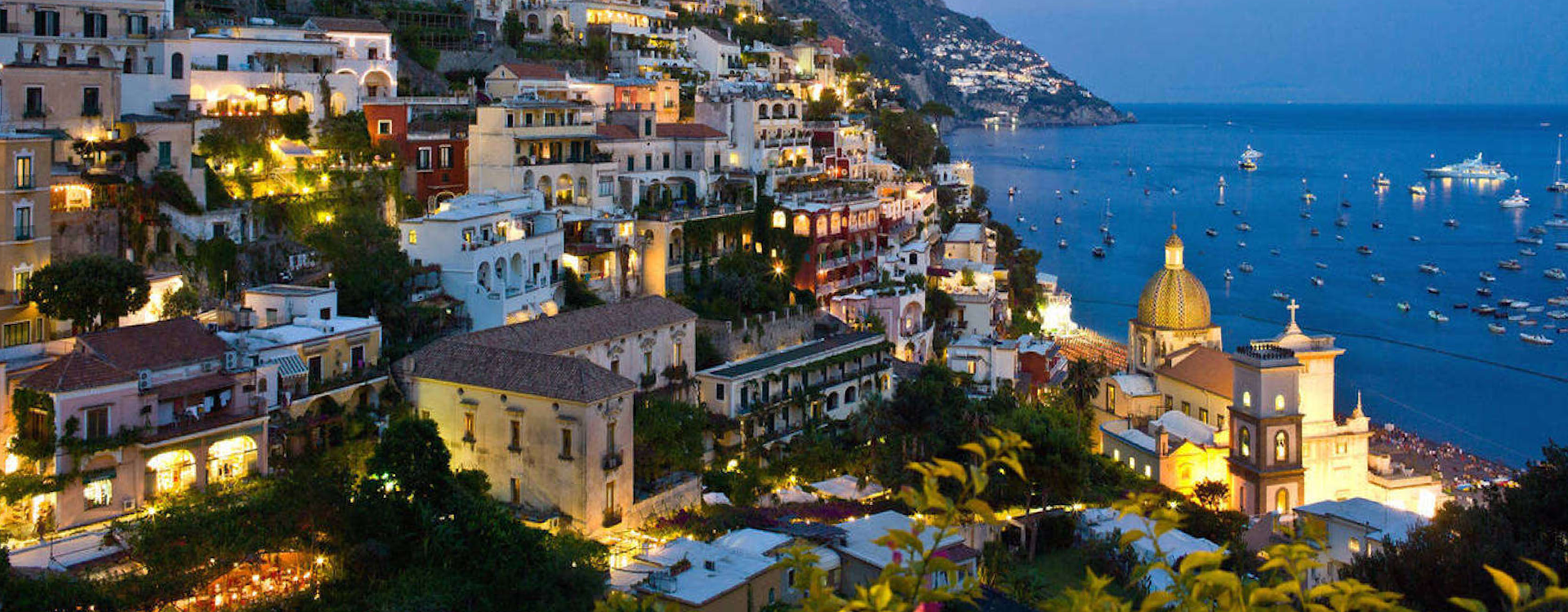History and archaeology in Amalfi Coast
The Amalfi Coast is not only a destination for summer holidays, but a place rich in history and archaeology to visit all year round.
In Positano,which is considered the pearl of the Amalfi coast, it is possible to admire an ancient Roman villa destroyed by the eruption of Vesuvius of 79 A.D. that struck Pompeii and Herculaneum. Polychromatic frescoes and numerous pieces of bronze pottery brought back to the ancient splendour are currently on display at the MaR, the Roman Archaeological Museum of Positano.
Made of colorful houses, terraces and suggestive alleys, among pottery shops and products that in the Sixties have made the Moda Positano famous all over the world (embroidery, leather fabrics and sandals), Positano offers to the nature and trekking lovers. Over 200 itineraries, for adults and children, including the Path of the Gods, a hiking trail that winds along the “Divine Coast”.
A perfect activity to admire the coast from the top and the archipelago Li Galli, which in 1924 was the house of the choreographer Léonide Massine and in 1989 of the Russian dancer Rudolf Nureyev.
In their honor, every year, the first week of September is dedicated to the prestigious award “Positano premia la danza Léonide Massine”, which involves the biggest names of the international dance.
In Maiori, the Abbey of S. Maria de Olearia rises on a complex of three small overlapping churches with fantastic frescoes. Founded as hermitage between 973 and 987, it was named “De Olearia” for the lush olive trees that surrounded it. The last abbot died in 1509 and from that year it was sadly abandoned.
In the monumental part, which is still visible, stand out the mural frescoes that are attributed to Leone Amalfitano, a Benedictine monk who lived in the eleventh century. Of great interest are also the catacombs, in which valuable paintings of great historical and artistic interest dating back to the VII and VIII century were found.
Perched on the promontory overlooking the sea of the Amalfi Coast, Villa Cimbrone is one of the most beautiful buildings in Ravello and of the whole coast. It was built on the ruins of an old Roman villa in 1904, thanks to a British banker who bought the property and recovered both the villa and the splendid gardens, which today became public. Renovated in the nineties with a project by the architects Giovanna and Alberto White and Giovanni del Pizzo, today the villa is an important 5-star hotel.







